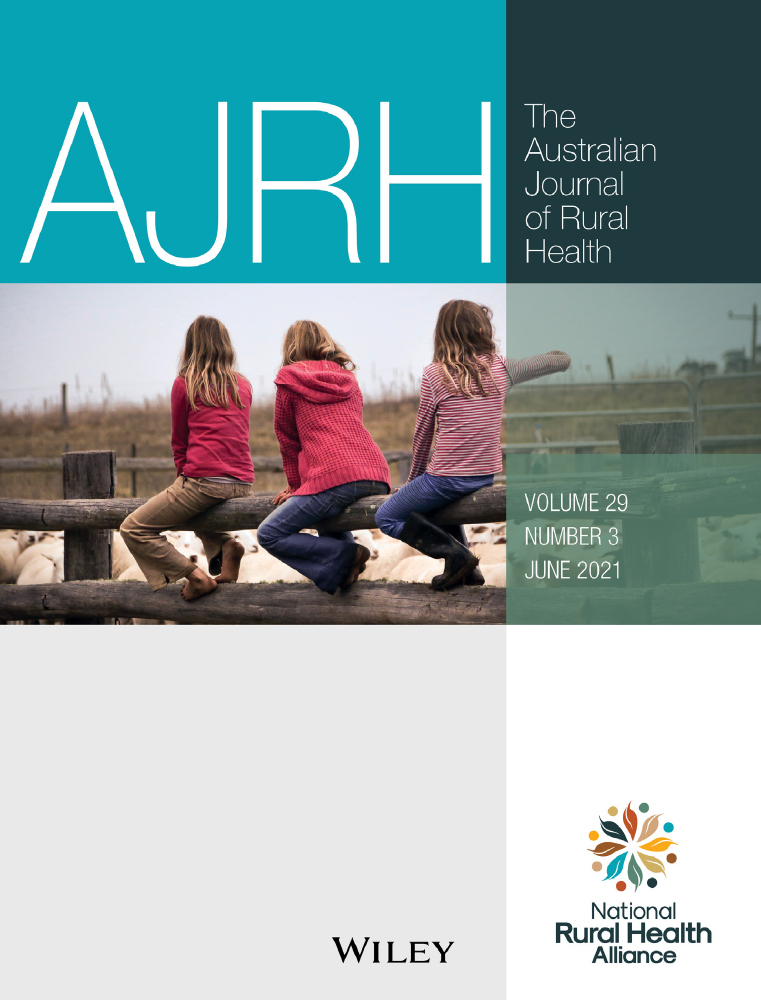Aged care in rural Australia
Aged care has been in the news a lot over recent years, unfortunately often in the context of the low quality of support provided to older Australians. The Royal Commission into Aged Care Quality and Safety, the Australian Government response and the recent Federal Budget are the most recent efforts to improve aged care provision in Australia. Many of the issues highlighted in aged care relate to the critical link between aged care and health care. For older Australians living in rural Australia, many of the inequities experienced in health care, flow to aged care.
Aged care is particularly relevant for rural Australia, as older Australians are less likely than the general population to live in major cities. In 2016, two-thirds (66 per cent) of older Australians lived in major cities, compared with 72 per cent of people aged under 65, while inner regional and outer regional areas have a significantly higher proportion of people aged over 65.1
Despite higher numbers of older Australians living outside metropolitan areas, the proportion of people using aged care decreases with increasing remoteness, particularly for residential care. The usage rate of permanent residential aged care was highest in metropolitan areas (MM 1) and large rural towns (MM 3). People aged 85-89 in metropolitan areas had a usage rate of over 10 times that of people in very remote communities (11.1 compared to 1.0).2
For rural areas, the opposite is true, with in-home care increasing with remoteness, including services such as home care and home support more frequently located outside of the densely populated urban areas. People aged 80-84 in remote communities used in-home care at nearly three times the rate of people in metropolitan areas.2
As the figures above suggest, aged care services are concentrated in more densely populated areas, with almost two-thirds (62 per cent of residential aged care services located in metropolitan areas (MM 1), compared with 21 per cent located in rural, remote or very remote areas (MM 4-7).3
In contrast, almost half (45 per cent) of other aged care services, including the National Aboriginal and Torres Strait Islander Flexible Aged Care (NATSIFAC) Program, are located in remote and very remote areas. The NATSIFAC Program provides culturally safe aged care to older Aboriginal and Torres Strait Islander people to remain close to home and community, and are located mainly in remote areas.4
The concentration of both health services and residential aged care facilities in metropolitan areas should also be considered in the context that people in regional and remote Australia tend to have poorer health outcomes, higher death rates and lower life expectancy. The potentially preventable hospitalisation rate also increases with remoteness.5
The Australia-wide issues for older Australians accessing health care, particularly those in residential care, are exacerbated in many rural areas because of the ongoing challenges of recruiting and retaining a health workforce, including GPs, specialist geriatricians, dentists, optometrists, podiatrists, physiotherapists and nurses. For aged care, this flows over to difficulties in finding care staff with the appropriate training and skills to work in aged care.
Most people would prefer to age in their own home. However, many people eventually need to transition from living independently to permanent residential care. It is important that people have some control about how this transition occurs. This is often more challenging in rural areas where there are fewer options for support services or residential aged care facilities and people may need to move to a bigger centre to access residential facilities. Hancock et al6 also note that rural communities encounter additional challenges to age-friendliness that are not prevalent in urban communities: they often possess limited infrastructure; limited transport options; reduced opportunities for social participation; fewer social and health services; and difficulty in retaining health care professionals.
For private and not-for-profit aged care service providers, the smaller population base, lower socio-economic status of the community, additional costs for infrastructure, limited staff and resources and lack of economies of scale, mean many rural and remote aged care providers are facing serious viability issues.
The multipurpose service (MPS) model is one solution to the challenges of delivering health and aged care services in rural areas. The MPS model is a long-standing, joint initiative between the Australian Government and state and territory governments which provides integrated health and aged care services in small rural and remote communities. More than half of MPS clients using residential care are in outer regional areas, and approximately 29 per cent of clients are in remote or very remote areas, compared with only eight per cent in permanent mainstream residential care in remote and very remote locations.4 MPS services frequently provide a range of services to rural communities, including access to primary care and allied health services. Research has shown that in the absence of any other sustainable model of health care delivery being developed or implemented within Australian rural and regional areas, the MPS model of care is the most practical use of financial and human resources to provide health care services for these small communities.7
As we have seen in the health sector, metropolitan models of care cannot be overlaid on rural communities. This was recognised by the Royal Commission, which included specific recommendations on aged care in regional, rural and remote areas, supporting equitable access to aged care in their community for rural Australians and extending the MPS Program. Given the poorer health outcomes for rural and remote Australians, high-quality aged care will be a key element to improving the quality of life for rural Australians as they age.




